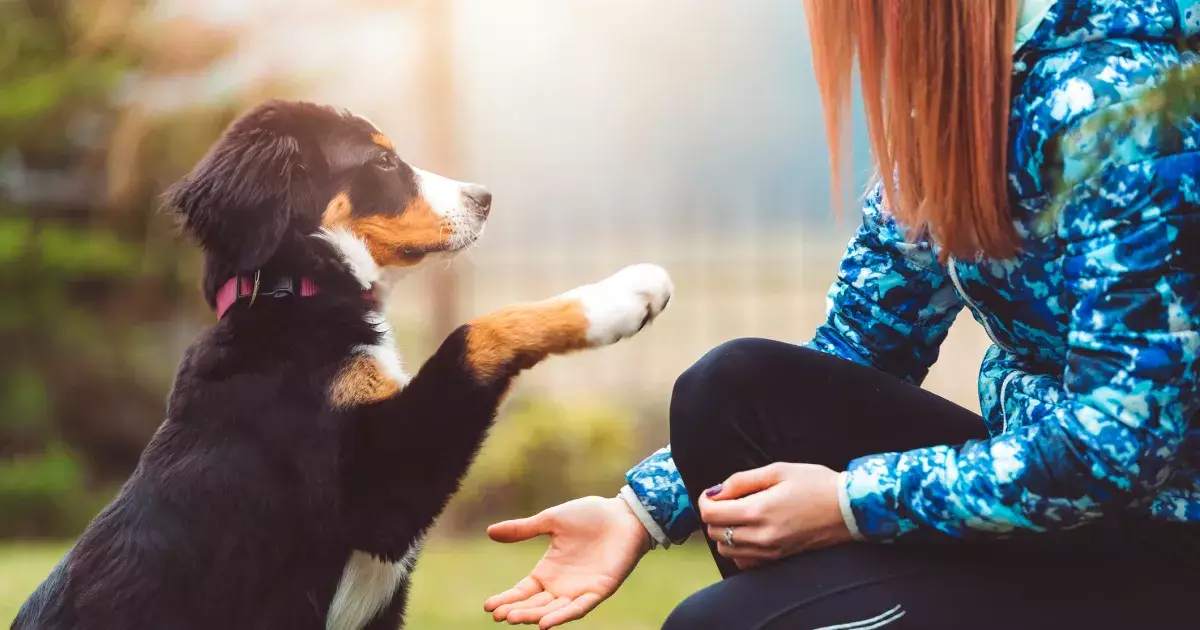Teaching your dog tricks is not just an activity limited to a specific month; it’s a delightful venture that can fit seamlessly into any time of the year. Many pet owners often express frustration, believing their dogs are incapable of understanding even the simplest commands. However, with the right approach, patience, and consistent practice, almost any canine companion can learn a variety of entertaining tricks. This article will explore some fundamental strategies and tips that can enhance your dog training experience and strengthen the bond between you and your furry friend.
Embarking on the journey of teaching your dog tricks can serve as a fulfilling New Year’s resolution or simply be a means of boosting your dog’s agility and obedience throughout the year. Dog training is not merely an obligation; it’s an opportunity for bonding and joy. Establishing a routine that involves both playfulness and learning can make the process enjoyable for both of you. Visual aids, like instructional videos, can be immensely helpful in understanding the methodologies of effective dog training.
Always remember that the core of training lies in patience and consistency. Just as with any learning endeavor, dogs also require positive reinforcement to encourage the desired behaviors. Using treats, joyful praise, and gentle petting when your dog performs a trick correctly can motivate them to learn. Importantly, keep training sessions brief and engaging, concluding each session on a positive note to make your dog eager for the next lesson.
One of the most accessible tricks to teach your dog is the classic “Shake Hands.” This is a perfect starting point because most dogs will naturally try to paw at your hand when they desire a treat. Simply present a closed fist full of treats and, as they paw at your hand, associate the action with the command “Shake.” The repetition of this simple exercise usually results in a quick grasp of the command, and soon your dog will be offering their paw without prompting.
The “Kiss” command is another crowd-pleaser. This can be taught through a simple process that may require some sticky material, like tape, rewarding your dog with a treat when they make contact. Not only does this add a layer of fun to training, but it also allows for interaction with other pets, as well, demonstrating how your dog can learn with diverse prompts.
As your dog gets accustomed to the basic tricks, you can subtly introduce more challenging ones. Tricks like “Play Dead” may require additional time and effort but can be extremely rewarding. A technique that has proved effective involves starting with the end result and working backward through the process. This backwards approach can simplify the learning experience and create quicker reinforcement of learning phases. Again, using clickers and treats is highly recommended to enhance the speed of the learning process.
Moreover, the “Roll Over” trick can also appear daunting at first glance but is simply about repetitions and guidance. Break down the trick into manageable stages. Dogs can master tricks at their individual pace, so celebrating small victories encourages your canine companion to keep trying.
For those looking to challenge their pups further, tricks such as “Spin” not only display creativity but also skill and agility. The process begins by using treats to guide your dog through a complete turn before advancing to verbal commands. While this may take some practice, it proves beneficial for their mental sharpness and acts as a great form of exercise.
Getting a dog to fetch is another exciting trick, albeit one that may not come naturally for every dog. Many dogs may show indifference toward toys, which can be frustrating for owners. However, teaching fetch effectively requires patience and enthusiasm to instill a sense of motivation. Strategies should be put in place to stimulate their interest and create an engaging playtime environment.
The skills your dog learns can ultimately serve as a foundation for even more complex tricks. For instance, “Sit Pretty” not only entertains but also improves your pet’s balance and promotes overall fitness. However, ensure your dog is in good health to prevent any undue strain from the pose. Similarly, if you wish to teach them to “Hug,” it becomes an endearing trick that delights everyone. As with all tricks, reinforcing learning at an appropriate pace tailored to your dog’s unique learning style is crucial.
Lastly, this training experience allows pet owners to cultivate a deeper understanding of their dogs’ capabilities and personalities. So if you’re ready to embark on this journey, gather your treats, set your training goals, and watch as your dog showcases their newfound skills. Embrace the laughter, the occasional frustration, and the utter joy of teaching tricks, making every moment as memorable as the last!

